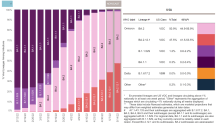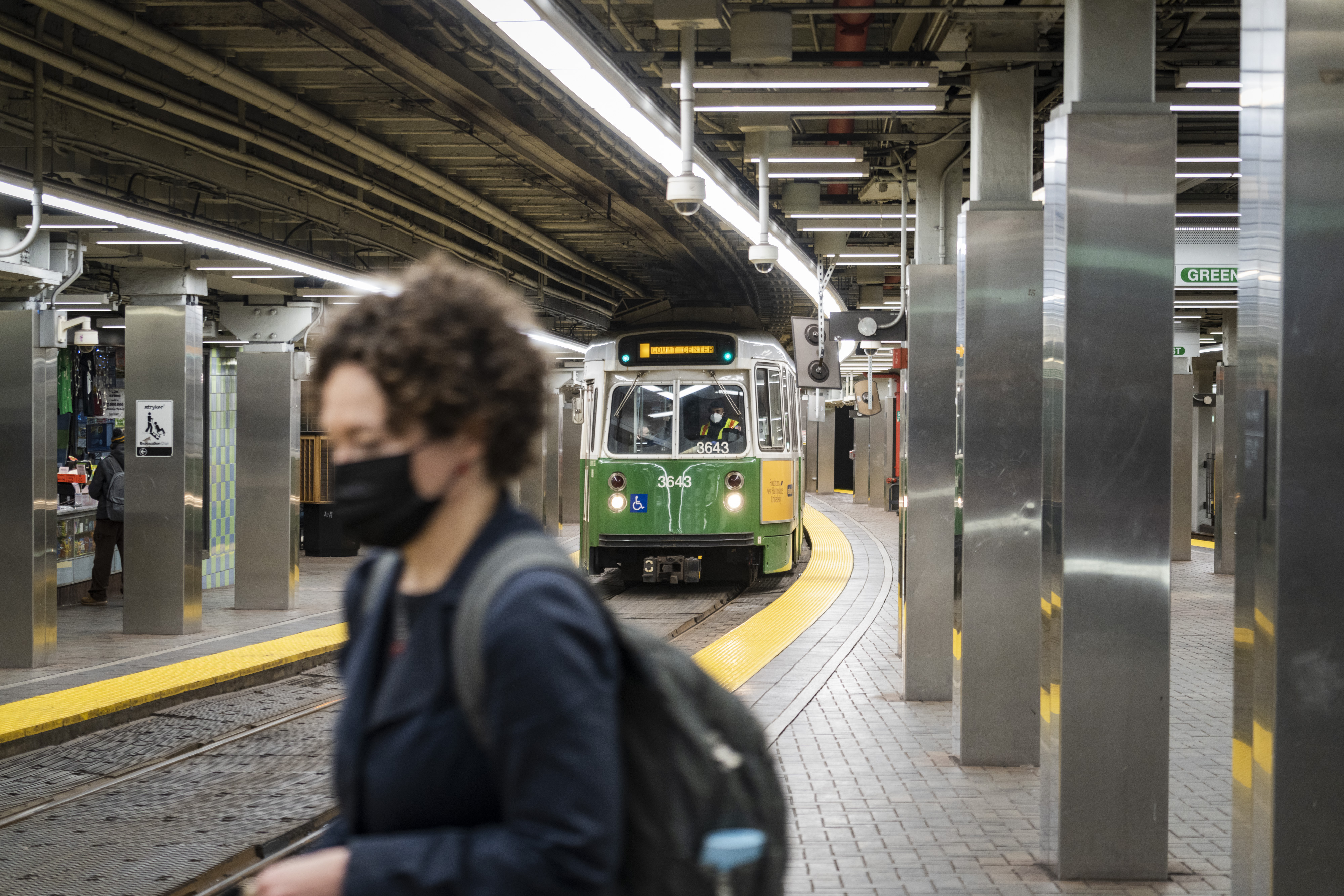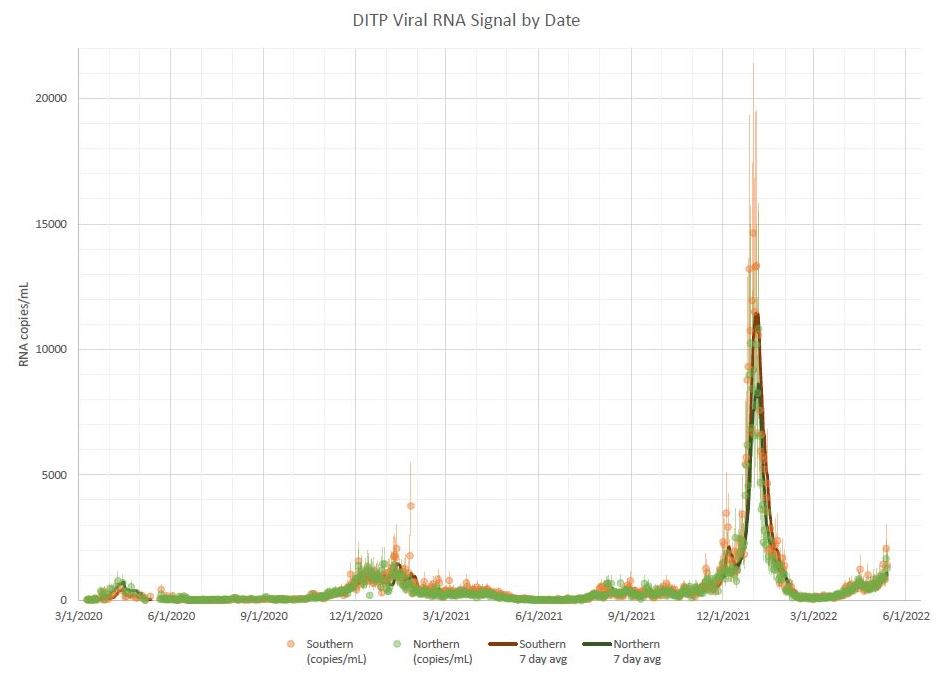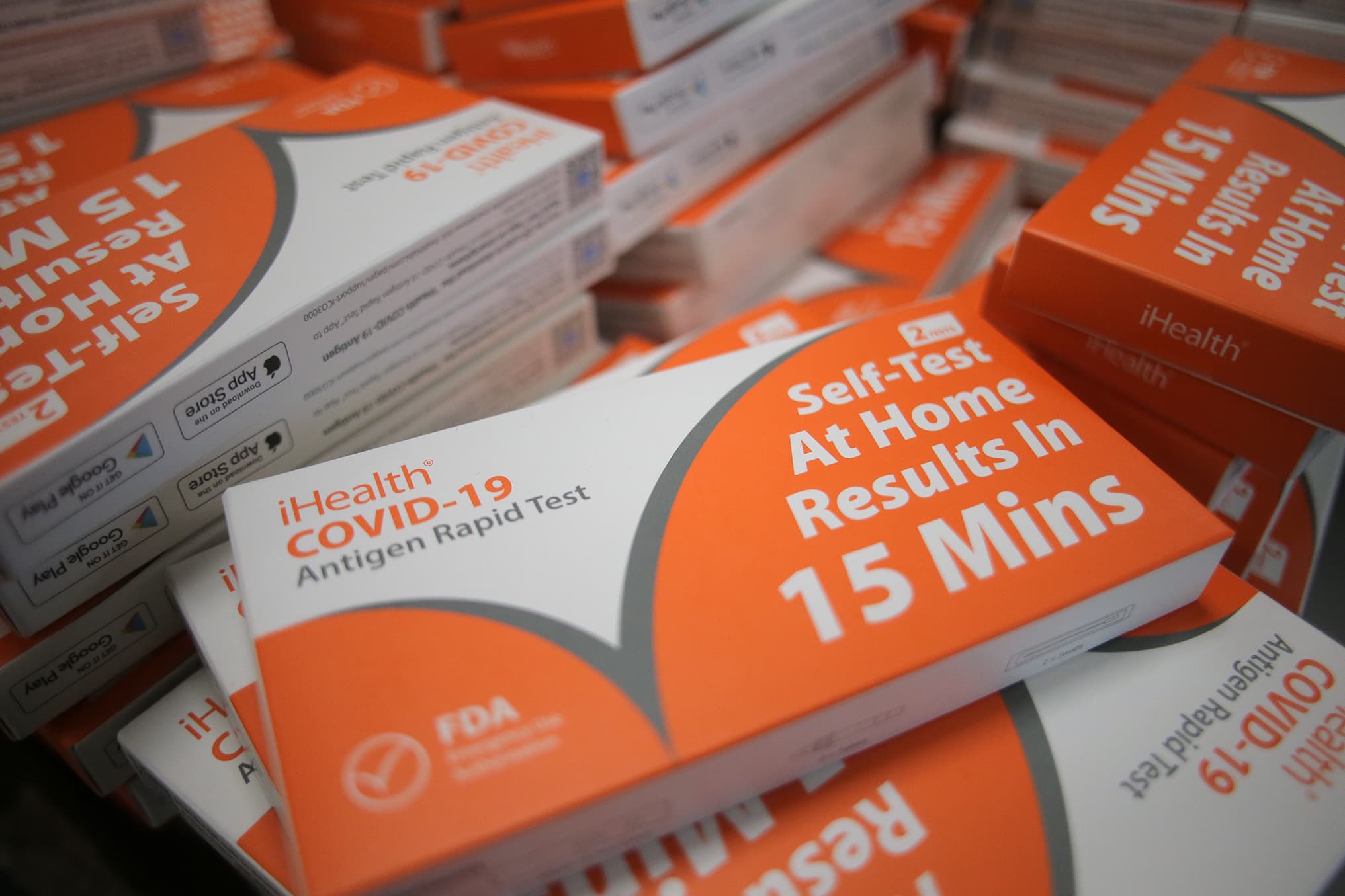
A COVID-19 subvariant estimated by health officials to be even more contagious than the first descendant of the potently infectious omicron strain now accounts for almost half of all virus circulating in New England, according to new CDC data released Tuesday.
The prevalence of BA.2 12.1 rose to 47.5% this week, compared to 50.9% for BA.2. Health officials say the BA.2 12.1 subvariant appears to be up to 27% more contagious than BA.2.
Just two weeks ago, the BA.2 12.1 subvariant accounted for only 28% of cases in New England.

Get Boston local news, weather forecasts, lifestyle and entertainment stories to your inbox. Sign up for NBC Boston’s newsletters.
The New England uptick largely mirrors what's been seen in New York of late, where a surge in BA.2. 12.1 cases -- it now accounts for 73% of cases in the Tri-State area -- has led to what they're calling the fifth wave of the coronavirus pandemic.
New York City is preparing to potentially raise its COVID alert level for the second time this month as cases continue to spike. Mayor Eric Adams said a new mask advisory from the health department has been issued urging face coverings indoors for all.
While no scientific evidence to date links BA.2. 12.1 to more severe COVID-linked illness or reduced vaccine efficacy at this point, the heightened transmissibility appears clear.
COVID numbers in Massachusetts still rising
Though things aren't quite as bad here in Massachusetts right now, things do appear to be trending in the wrong direction.
The community test positivity rate in Boston -- which excludes colleges -- has been at 10% for over a week now. And several area schools are once again urging students and staff to wear masks as cases continue to climb.
Massachusetts' COVID metrics, tracked on the Department of Public Health's interactive coronavirus dashboard, have declined since the omicron surge, but case counts are steadily rising once again.
Massachusetts health officials reported 10,789 new COVID-19 cases over the weekend and nine new deaths. The state's seven-day average positivity rate is now at 8.48%.
The number of new COVID-19 cases in Massachusetts schools also shot up significantly over the past week, with 17,423 students and staff members testing positive. The total cases represented an increase of 62.6% from the previous week's report, when 10,715 cases were confirmed in schools.
And all but three of Massachusetts' 14 counties are now considered high risk for community levels of COVID-19, according to the latest data from the CDC.
"Despite the warmer weather and our collective hope for a reprieve of some sort, it is important to acknowledge that COVID-19 is still with us, and we need to continue to utilize the proven public health measures and tools at our disposal to prevent infection and disease spread," Massachusetts Medical Society President Dr. Carole Allen said on Monday. "Public health data reveal that positive cases in Massachusetts communities and in our schools have been climbing over recent weeks, fueled by Omicron variant BA.2 and the subvariant BA.2 12.1. It is impossible to predict whether the case numbers will continue to rise, but we know there are measures we can all take to minimize COVID-19's impact."
What does the latest Boston wastewater COVID data say?
As of data with sampling collected through Friday, the Northern system, which includes Boston and surrounding northern communities was reporting a seven-day average around 1,000 RNA copies/mL. The Southern system average, representing the communities just south of Boston, was coming in around 1,100 copies/mL.
The last time Boston saw levels in this range was in February, and reflects levels previously only seen during winter month peaks. During the peak of the omicron surge, levels averaged just under 9,000 in the Northern System and over 11,000 in the neighboring Southern System.
State House News Service contributed to this report.




